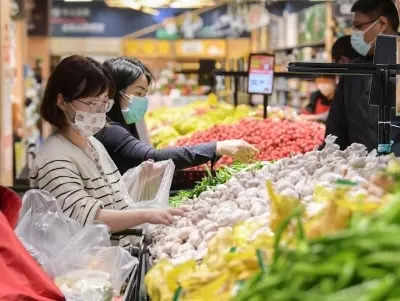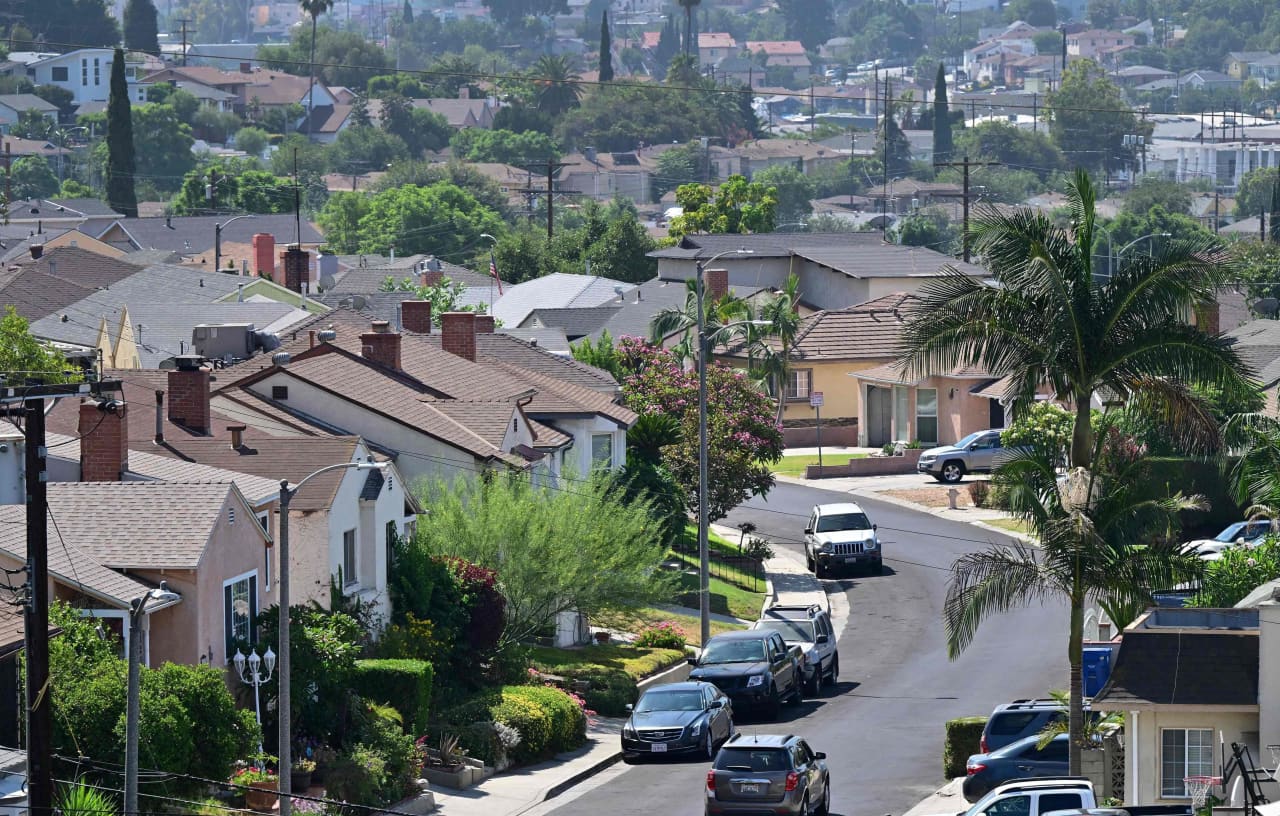An expected rise in Japanese inflation could add to the BOJ’s communication problems.

The government is expected to end in May subsidies to curb electricity and gas bills introduced last year to cushion households from a surge in fuel costs triggered by the war in Ukraine.
Analysts said the measures, along with expected increases in levies on households to encourage renewable energy, were likely to push Japan’s consumer inflation figures higher during the fiscal year that starts in April.
Yoshiki Shinke, chief economist at Dai-ichi Life Research Institute, expects these combined impacts to push core consumer inflation up about 1.25 percentage points in the July-September quarter.
“Core consumer inflation could accelerate and remain close to 3% from May through the summer of this year,” Shinke said, adding that inflation could remain above 2% throughout the year.
With inflation exceeding the BOJ’s 2% target for nearly two years, the bank ended negative interest rates and other remnants of its unorthodox policies last week in a historic shift from its focus on spurring growth with massive monetary stimulus. BOJ Governor Kazuo Ueda said the central bank would focus more on inflation trends driven by domestic demand supported by rising wages rather than rising energy costs when deciding when to raise interest rates. A summary of comments from the BOJ’s March meeting published on Thursday showed that many central bank board members thought the pace of phasing out ultra-loose monetary policy should be slowed, with one saying the health of the economy did not warrant a sharp rate hike. said.
But an expected inflation overshoot and rising import prices due to a weaker yen could increase pressure on the BOJ to raise interest rates, some analysts say.
The BOJ expects core consumer inflation, which excludes volatile fresh foods and includes fuel costs, to reach 2.4% in fiscal 2024 before slowing to 1.8% in 2025, according to its current outlook released in January.
The BOJ will conduct its quarterly outlook review at its next policy meeting on April 25-26, which will focus market attention for clues as to when it will raise interest rates again.




